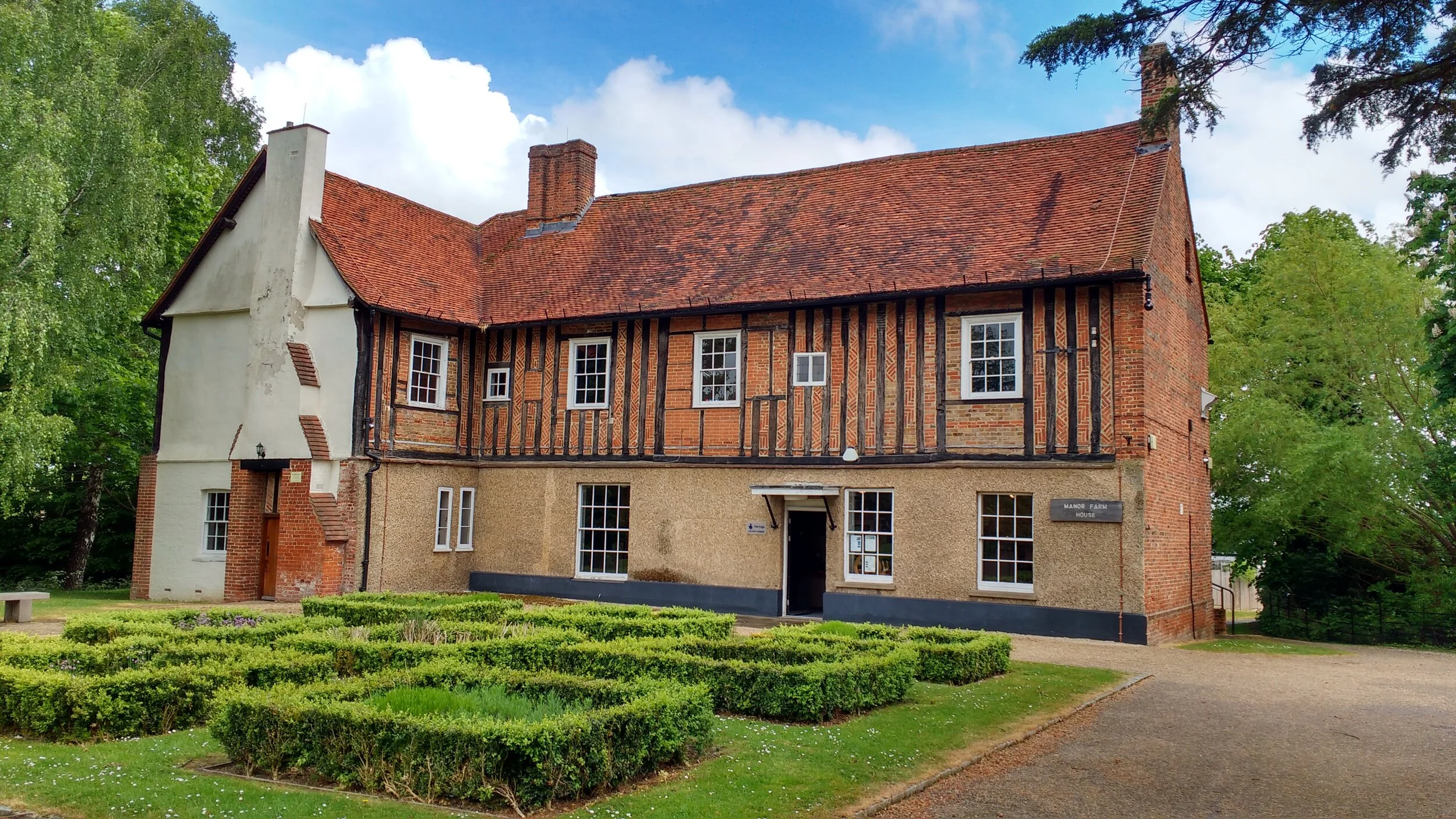Explore historical Hillingdon
Manor House, Manor Farm, Ruislip
Hillingdon, located in leafy west London, is the city’s second largest borough and home to a variety of historical buildings and cultural sites.
Set amongst traditional village settings, bustling town centres and acres of green space, Hillingdon’s diverse assets include 406 statutory listed buildings, 30 conservation areas, 302 locally listed buildings, 14 areas of special local character, five scheduled ancient monuments, nine archaeological priority areas across around 210 hectares and one entry in the English Heritage Register of Historic Parks and Gardens.
Additionally, Hillingdon is one of the greenest of the London boroughs, with 200 parks spread 1,800 acres of green space - five times the size of Hyde Park. Last year, the borough was also awarded five more Green Flags, bringing its new tally to 55 - the most held for parks and open spaces nationally and internationally.
On a visit to Hillingdon you are likely to notice a range of distinctive building types, from timber-framed structures in semi-rural settings, and groups of Victorian workers' houses to medieval churches, war memorials and sites linked to the English Civil War and Second World War.
One of Hillingdon's flagship heritage and cultural sites is Manor Farm in Ruislip, situated in the north of the borough. Located across 22 acres, its grounds house a unique collection of buildings, one of which dates back to Tudor times. There are also archaeological remains and a varied landscape, featuring an orchard, herb garden, moat around an ancient motte, duck pond and more.
Its Grade II* listed Great Barn is also of particular significance as one of the oldest surviving barns of its type in London. It is an aisled structure with seven bays and its oak posts were created from trees in the nearby Ruislip Woods.
In the south of the borough, Harmondsworth’s Grade I listed Great Barn is another beautifully preserved building in Hillingdon, featuring one of the most intact interiors of its era. Dating back to 1426, it was built by Winchester College as part of its manor farm, and its oak-framed barn is an outstanding example of medieval carpentry.
The borough is also rich with medieval churches. St Peter and St Pauls’ Church in Harlington is a Grade I listed structure dating back to 1086, with a Norman font and Norman stone arch, which is carved with cats' heads. Other interesting monuments at the site include an Easter Sepulchre and an ancient yew tree outside.
The Grade II* listed St Mary the Virgin in Harmondsworth is a parish church with a 12th century south arcade and doorway, and a 13th century north arcade.
St Martin’s Church in Ruislip is Grade II listed and dates back to 1250. It also features 15th century additions and Victorian restorations, and on its walls hang a selection of late medieval paintings and funeral hatchments.
Estate houses and gardens additionally complement the borough’s landscape.
Not far from Ruislip, Eastcote House Gardens is situated on 10 acres of parkland, and has stood at the heart of Eastcote village for the past 500 years. The site is a London in Bloom Park of the Year category winner (2014 and 2019) and contains a number of features, including a timber-framed stables whose oldest part dates back to the 17th century, an 18th century dovecote, a fully-planted walled garden and the outline of Eastcote House which was demolished in 1964.
Venturing further south, the Southlands Arts Centre in West Drayton, which is housed in a beautiful Grade II listed Queen Anne building, has extensive grounds where you will find a range of wildlife and greenery. While its centre regularly hosts a variety of exhibits and creative workshops.
Cranford Park, close to Heathrow, is the surviving remains of a former country estate. This 144-acre park contains a number of historical relics, including a walled garden, icehouse, a restored 18th century stable block and the medieval St Dunstan's Church and graveyard - which was mentioned in the Domesday Book. The park is also known for the ghost of the Grey Lady, who is said to haunt the site.
Ruislip Lido Railway is Britain’s longest 12-inch gauge railway. The Lido, once a reservoir built in 1811, was popular for boating, fishing and skating in winter. In 1936, the Grand Union Canal Company began to develop the site into a health spa. After the Second World War, the company made it a general tourist attraction, and by 1946 had added its artificial beach and the railway.
One of the borough’s most significant historical sites is the Grade I listed Battle of Britain Bunker in Uxbridge.
The underground bunker, located 60 feet below the surface, contained the Operations Room of No. 11 Group, which oversaw the defence of London and the South-East during the war.Under the control of RAF Fighter Command, the bunker was an integral part of the Dowding System - the world’s first integrated air defence network. The system was named after Air Chief Marshal Sir Hugh Dowding, Commander-in-Chief of Fighter Command (1936-1940), and brought together technology, ground defences and fighter aircraft to create a coordinated defence network. The bunker - known as ‘The Hole’ by RAF personnel - was at the heart of this system, which provided the necessary protection and offensive air power during major operations, including the evacuation of Dunkirk in 1940, the Dieppe Raid (Operation Jubilee) in 1942 and D-Day (Operation Overlord) in 1944.
During Open House weekend, the public will have the chance to explore many of Hillingdon’s key landmarks virtually via a series of videos produced by the borough’s Museums and Performing Arts team.
For more information visit www.hillingdon.gov.uk/open-house.
An excerpt of this can be found in ‘The Alternative Guide to the London Boroughs’ which can be ordered here: https://shop.openhouselondon.org.uk/products/pre-order-open-house-london-guide-2020

